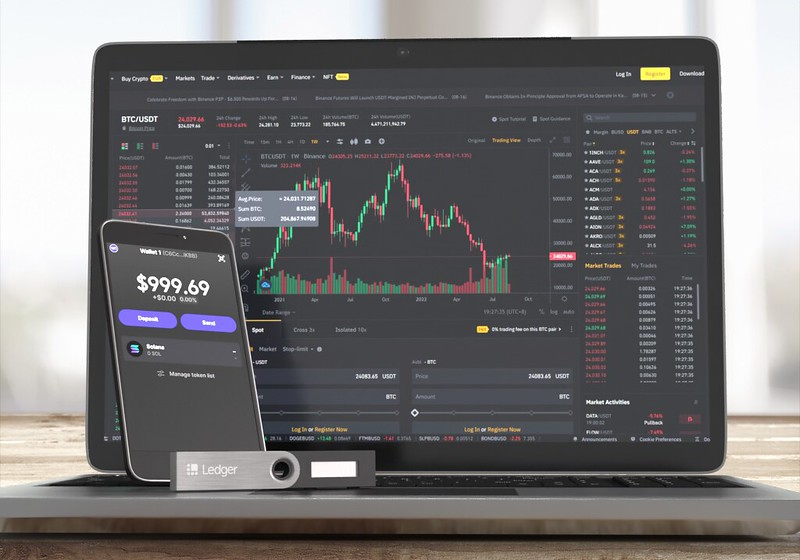Protecting your crypto is important now more than ever. After the second largest cryptocurrency exchange went bust for misusing customer funds, people have realized an important lesson: not your keys, not your crypto. So what’s the best way to protect your crypto?

There are different options for different types of people. For beginners, some of the steps the experts take might be a bt too much and excessive. So we recommend different solutions for different types of users:
Beginner: Exchange is your friend
As much as we hate the idea of storing your crypto in an exchange, it is still the easiest solution if you’re just getting started. However, we’re classifying beginners as someone who’s just getting into crypto and dabbling with it. Their account value does not exceed what they consider easy change.
If you’re looking to go down this route, we’d recommend signing up for Binance and using it. It’s a complete exchange and has been rock solid for the last few years.
Intermediate: Software Wallets
Someone who understands a bit of crypto and understands the risks of storing your funds in exchange. They’ve invested maybe £500-100 in crypto. For such users, we recommend a software wallet. Software wallets are not safe and are definitely subject to hacks. In some instances, if your computer or phone is compromised, it is riskier than leaving your funds on an exchange.
With software wallets, we recommend Metamask on desktops for web browsers. On mobile, both Metamask and Trust Wallet are good options.
Expert: Hardware Wallets
This is the most recommended option in crypto: Getting a hardware wallet. Honestly, we recommend getting a hardware wallet even for intermediate users. Yes, it takes a bit of time to learn how to use one. But it is totally worth it.
When it comes to crypto, you are your own bank. There is no one to help you if you lose your funds. As much as it is exciting to get started with crypto, please also spend some time on best crypto practices. Check out our complete hardware wallet guide here.
Trading Crypto:
Most in crypto thought as long as you’re trading on a reputable exchange, you should be safe. Up until a few hours before FTX shut down, some people still thought they were safe. This has only shown that exchanges are unregulated, non-transparent, and are always a risk factor. But we still need them.
Use decentralized exchanges. With decentralized exchanges, you don’t leave your money on an exchange. You swap your crypto from one currency to another, and the funds remain in your wallet. However, even this is not foolproof. These exchanges are run by smart contracts. A compromised smart contract can easily drain your funds.
For this reason, we recommend transferring the funds you want to trade to another wallet and then trade. Once you’re done trading, revoke the smart contract using applications like Revoke and Unrekt.
The other choice is to use a centralized exchange with additional safety. While we have decentralized exchanges, it is still hard to get around centralized exchanges. They act as reliable onramps into crypto and often have the largest liquidity. So we recommend only moving funds that you want to trade to the exchange and transfer them back to your wallet when you’re done. Do not treat the exchange as your own wallet to store your funds.
Also, practice extreme exchange safety. Make sure you have 2FA set for every interaction on your exchange. Some exchanges even offer multiple 2FAs, making them safer against attacks.
With all this said, crypto security is often hard. Even people who’ve been in crypto for years make mistakes. Practice caution at all times.
